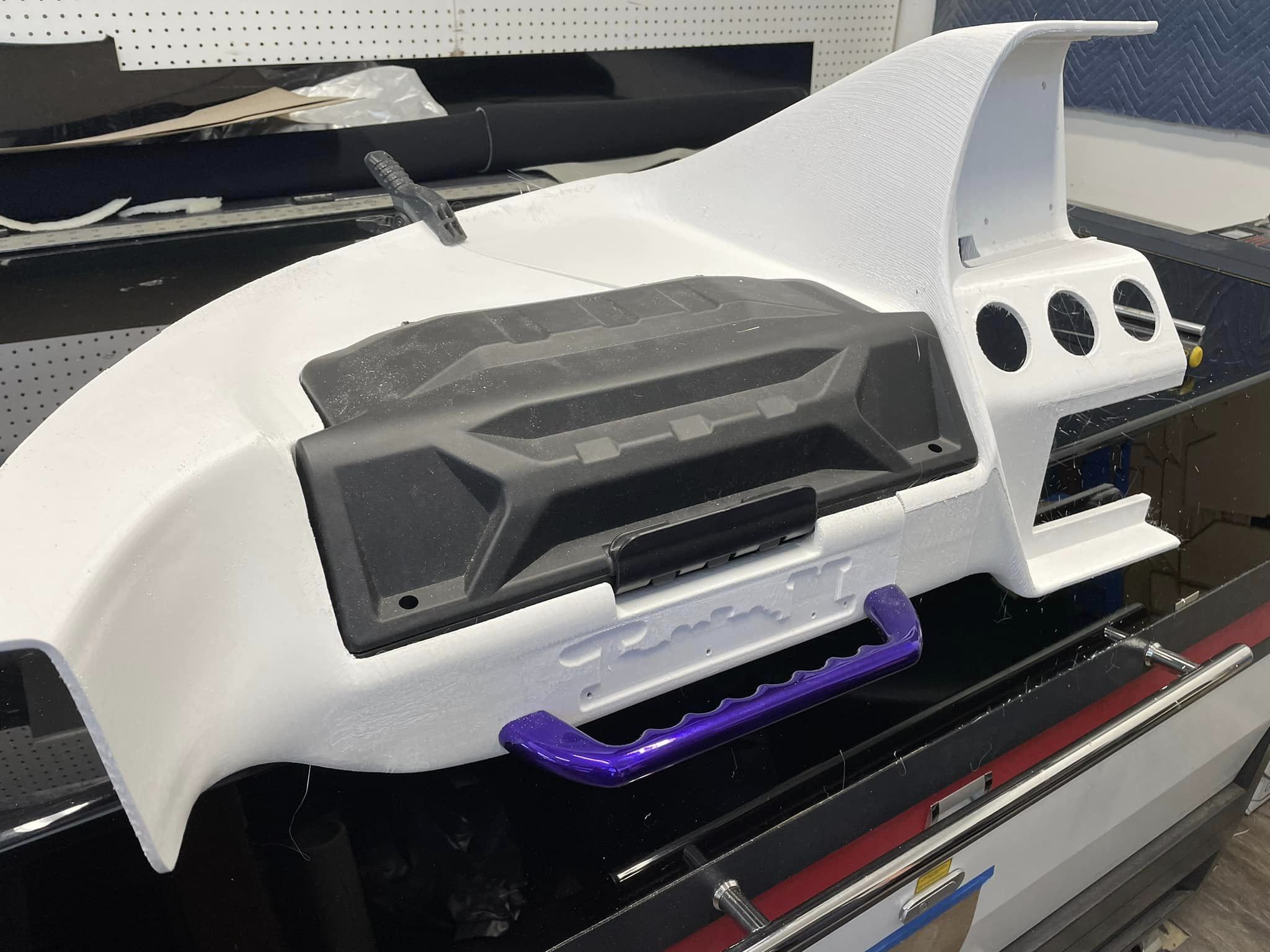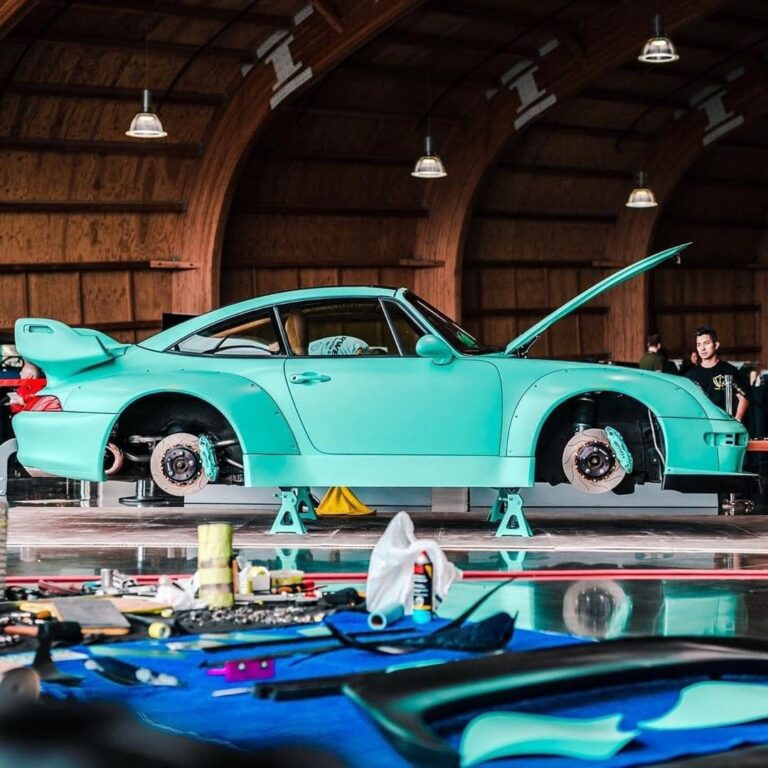The Ultimate Guide to 3D Printing Custom Parts
Introduction-The Ultimate Guide to 3D Printing Custom Parts
Imagine customizing your car with unique, perfectly tailored parts that fit like a glove and look like they came straight out of a futuristic design studio. Thanks to 3D printing, this dream is now a reality. In this ultimate guide, we’ll delve into how 3D printing is revolutionizing custom car parts, from the benefits and processes to the materials and cost considerations.
The Benefits of 3D Printing for Custom Car Parts
1. Customization and Precision
One of the most significant advantages of 3D printing is the ability to create highly customized and precise parts. Whether you’re restoring a classic car or upgrading a modern vehicle, 3D printing allows for intricate designs and exact specifications that traditional manufacturing methods can’t match.
2. Cost-Effectiveness
Traditional manufacturing often requires expensive molds and tooling. In contrast, 3D printing reduces these costs by allowing you to print parts directly from digital designs. This is particularly beneficial for producing one-off or low-volume custom parts.
3. Speed and Efficiency
3D printing accelerates the production process. What once took weeks or even months can now be done in days. This speed is crucial for car enthusiasts and professionals who need quick turnaround times for custom projects.
4. Material Versatility
From plastics and resins to metals, 3D printing supports a wide range of materials, each offering unique properties suited for different automotive applications. This versatility allows for the creation of both functional and aesthetic parts.
The 3D Printing Process for Custom Car Parts
1. Design and Modeling
The first step in 3D printing custom car parts is creating a digital model. This can be done using computer-aided design (CAD) software, which allows for precise control over the part’s dimensions and features. You can also scan existing parts to create a digital replica.
2. Slicing
Once the digital model is ready, it’s sliced into thin horizontal layers using slicing software. This process generates the instructions for the 3D printer, detailing how each layer should be printed.
3. Printing
The actual printing process involves depositing material layer by layer to build the part from the ground up. Depending on the material and complexity, this can take anywhere from a few hours to several days.
4. Post-Processing
After printing, the part may require post-processing to achieve the desired finish and functionality. This can include sanding, painting, or additional treatments like curing for resin-based prints.
Materials Used in 3D Printing Custom Car Parts
1. Plastics
- PLA (Polylactic Acid): A biodegradable plastic commonly used for non-structural parts and prototypes.
- ABS (Acrylonitrile Butadiene Styrene): Known for its strength and durability, ABS is ideal for functional parts.
- Nylon: Offers high strength and flexibility, making it suitable for parts that require both durability and resilience.
2. Resins
- Standard Resins: Used for detailed and high-resolution prints, ideal for aesthetic parts.
- Engineering Resins: Formulated for specific properties like high temperature resistance or impact strength.
3. Metals
- Aluminum: Lightweight and strong, perfect for structural components.
- Stainless Steel: Corrosion-resistant and durable, suitable for high-stress parts.
- Titanium: Offers exceptional strength-to-weight ratio, ideal for performance applications.
Cost Considerations for 3D Printing Custom Car Parts
1. Initial Investment
While the initial cost of a 3D printer can be high, the long-term savings from reduced tooling and mold costs can make it a worthwhile investment, especially for custom or low-volume production.
2. Material Costs
Material costs vary significantly depending on the type and quantity used. Plastics and resins are generally more affordable, while metals can be more expensive due to their properties and the printing process.
3. Design and Prototyping
Investing time in the design and prototyping phase can save costs down the line. Accurate digital models reduce the likelihood of errors and reprints, ensuring the final part meets your specifications.
4. Post-Processing
Consider the costs associated with post-processing, such as sanding, painting, or additional treatments. These steps can add to the overall cost but are essential for achieving a professional finish.
Real-Life Applications and Success Stories
1. Classic Car Restoration
Enthusiasts are using 3D printing to create hard-to-find parts for classic cars. From custom dashboards to unique trim pieces, 3D printing offers solutions that preserve the authenticity and aesthetics of vintage vehicles.
2. Performance Upgrades
Performance enthusiasts are leveraging 3D printing to design and produce custom parts that enhance their vehicle’s performance. This includes lightweight components, custom air intakes, and specialized brackets.
3. Interior Customization
3D printing allows for the creation of bespoke interior parts, such as custom dashboards, console trims, and unique shift knobs. These parts not only enhance the car’s aesthetics but also provide a personal touch.
Future Trends in 3D Printing for Automotive Customization
1. Advanced Materials
The development of new materials with enhanced properties will continue to expand the possibilities of 3D printing in the automotive industry. This includes high-performance polymers, composites, and multi-material printing.
2. Larger and Faster Printers
As 3D printer technology advances, we can expect larger and faster printers capable of producing bigger parts with greater precision. This will further reduce production times and costs.
3. Integration with AI and Machine Learning
The integration of AI and machine learning in the design and printing process will enhance the efficiency and accuracy of 3D printed parts. This technology can optimize designs for performance and manufacturability.
Conclusion
3D printing is revolutionizing the automotive industry by enabling the creation of custom, high-quality parts with unmatched precision and efficiency. Whether you’re restoring a classic car or enhancing a modern vehicle, 3D printing offers endless possibilities for customization. Ready to take your car to the next level? Contact Crafted Interiors for a free estimate and let us help you turn your automotive dreams into reality.
External Links:
- Energy.gov – 3D Printing:
- HomeServe – 3D Printing Custom Car Parts:







